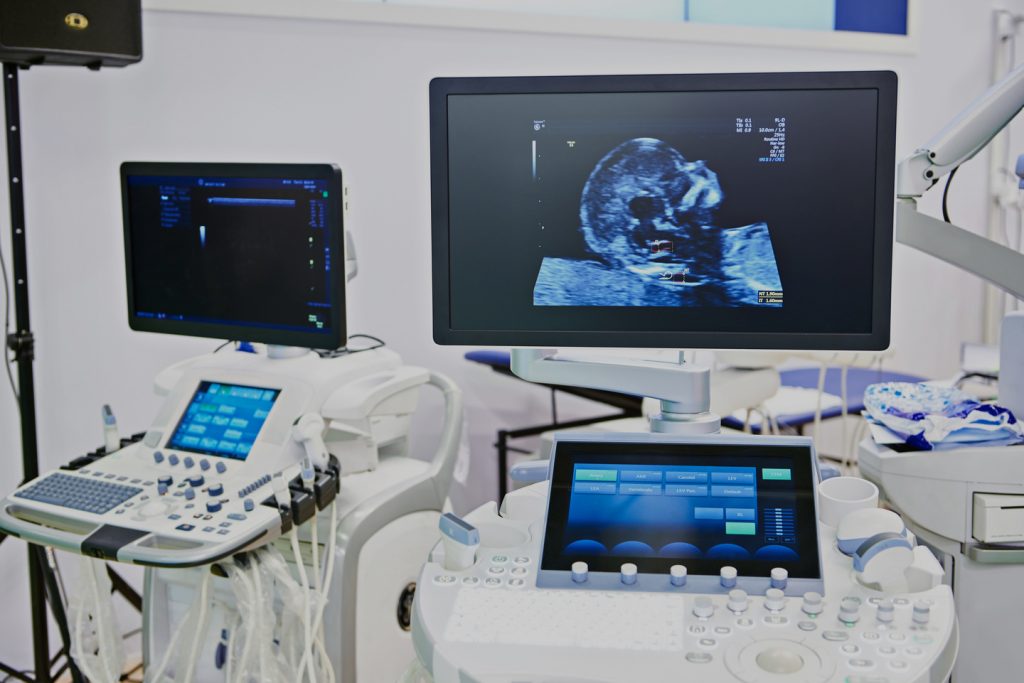Patient medication adherence monitoring and medication therapy management solution development process
When introducing a new medicine to the market, ensuring the drug is bringing the expected results without any significant side effects is critical. To do that, medicine producers must conduct a study on patients to collect the data necessary to determine the medicine’s effectiveness and compare the results with medicine that already exists on the market.
For the study results to prove reliable, the researchers must be sure that patients take medication as prescribed. If patients don’t adhere to the medication regimen, their condition might worsen, or they may experience side effects that wouldn’t usually occur.
Data collected during medication therapy can help medicine producers better understand the patient’s response to the treatment and adjust it according to the outcomes.
In this article, we’d like to present a solution for patient medication adherence monitoring and medication therapy management that our team has been working on recently.
Haemophilia treatment management solution
Our client’s goal was to build a haemophilia treatment management solution. Haemophilia is a rare genetic disorder that affects the blood’s ability to clot properly, resulting in prolonged bleeding or spontaneous bleeding into joints and muscles. Regular monitoring of clotting factor levels, bleeding frequency, and joint health are essential for assessing treatment effectiveness and adjusting the treatment plan.
Our client asked a group of patients suffering from haemophilia to participate in the study on the effectiveness of a new medicine. They would use an activity-tracking wearable device (smartwatch), which would collect the necessary data and monitor patients’ response to the treatment.
Our team implemented a complex end-to-end solution, enabling monitoring of the patient’s health by transferring data collected by the smartwatch to a database for further analysis. The patients are also able to manually report certain parameters through a mobile app and register what medicine they take daily by scanning special barcodes on the packaging, which are compliant with a GS1 standard.
Have a similar solution in mind? We’ll help you build it.
Find out moreWhat technical solution did we propose and what was the scope of our work?
We established two teams – one for the mobile app part and the other one for the backend – which worked in close cooperation. At the initial stage, we defined communication interfaces between the systems. Based on these interfaces, developers coded the functionalities that were simultaneously tested on both sides – mobile and backend – to ensure the communication is seamless and works correctly.
Since the integration involves different systems and the data must be transferred in a reliable way to maintain consistency, the management and testing in the development, test and production environment, each having a different configuration, is a big challenge. There may be issues with distance and pulse calculators or correctly defining time intervals between the systems. This is something that, in the case of clinical trials, may cause serious problems. We managed to find a solution to overcome this challenge.
We developed a mobile application (for iOS and Android) integrated with a smartwatch. The solution was integrated with a backend solution on the customer’s side to manage data in one place. In addition, we developed a web application to enable automated reporting on the treatment to the research team on a daily basis. The patients were provided with standardised surveys and recorded the symptoms of disease occurrence and their reaction to the treatment. It helped the research team to check patients’ health outcomes according to the study schedule.
Environment configuration management
As mentioned earlier, the project’s scope included building a two-way integration between the app and the smartwatch as well as the solution’s backend. The integration included three systems:
- mobile: iOS and Android,
- web (accessible online),
- a system that transfers the data from the smartwatch through the web.
Next, synchronisation with a wearable device was also tested. We observed whether the data is consistent between all three systems. With synchronisation periods that occur every 15 minutes, there may be certain discrepancies, especially since data can be edited or changed in multiple systems. For example, a user can input data on their phone, and at the same time, the information from the wearable device may be synched – at this point, it must be decided which data is more up-to-date.
Technologies used in the project
As for the mobile – the code was written in React Native, which allows for the creation of a solution simultaneously for two platforms – Android and iOS. It minimises development time and simplifies maintenance.
The first phase of the test environment was performed on simulators, and the simulated application was connected to the backend API. The second stage was the real integration of the app on Android and iOS devices, plus the connection to a smartwatch. We monitored whether the data was collected and transferred accurately.
The backend was written in Ruby on Rails. All end-points were exposed and tested using Swagger – a tool that allows for documenting and testing the API and reproducing any problems. It allowed us to clearly define a border between applications and focus on bugs investigation on the correct system.
The communication in this solution complies with the FHIR standard.
We can help you build a patient medication adherence monitoring and medication therapy management solution
Our team will support you in building a solution tailored to your needs. Visit our healthcare software development offering page for more information, or contact us via the form below.
About the author
Our blog
Recommended articles
Contact us




